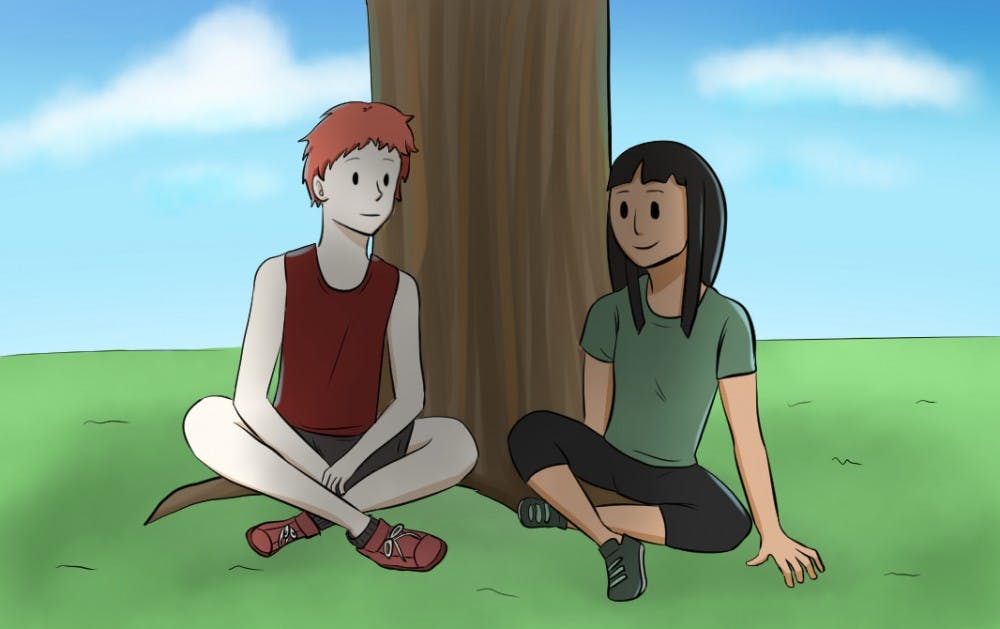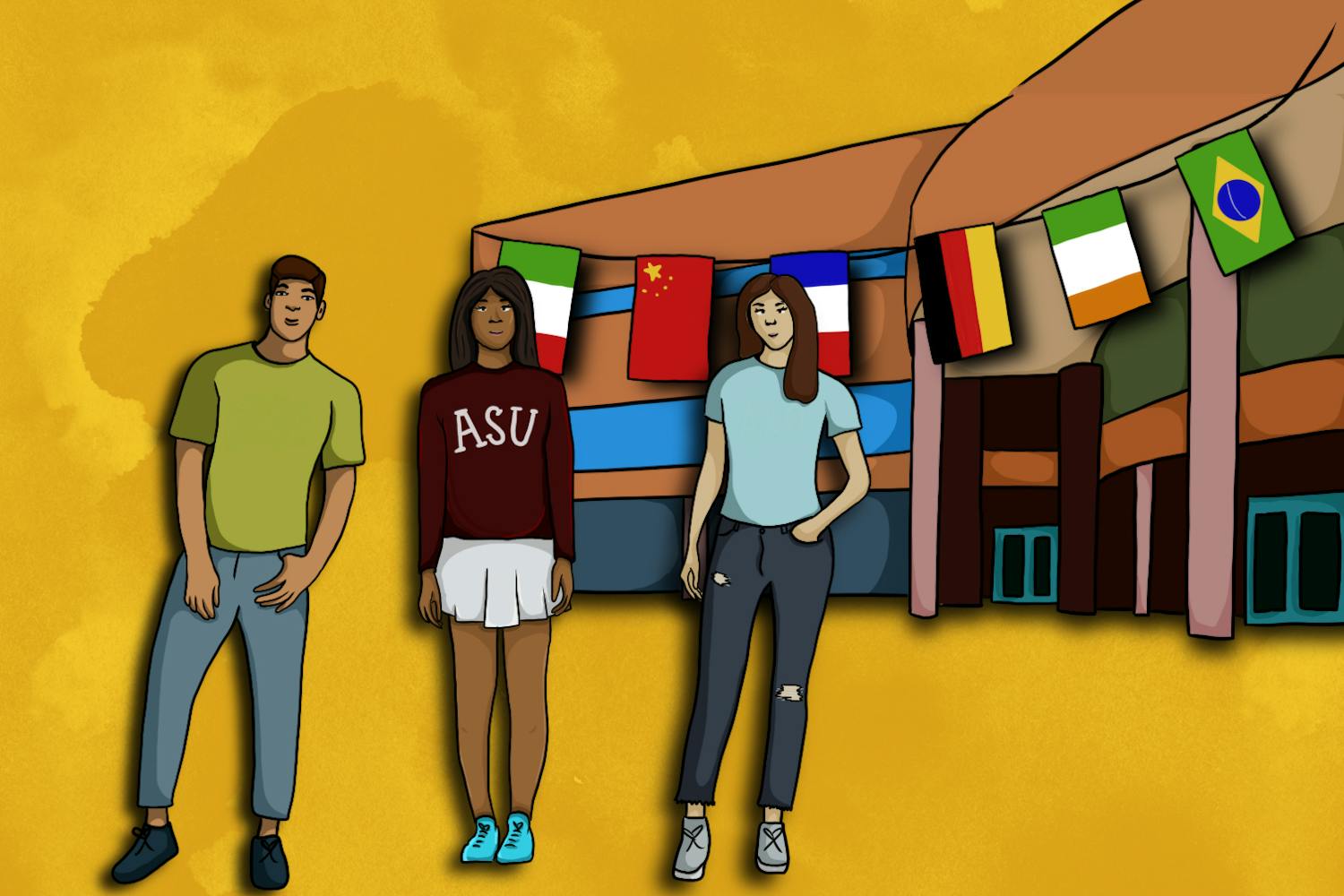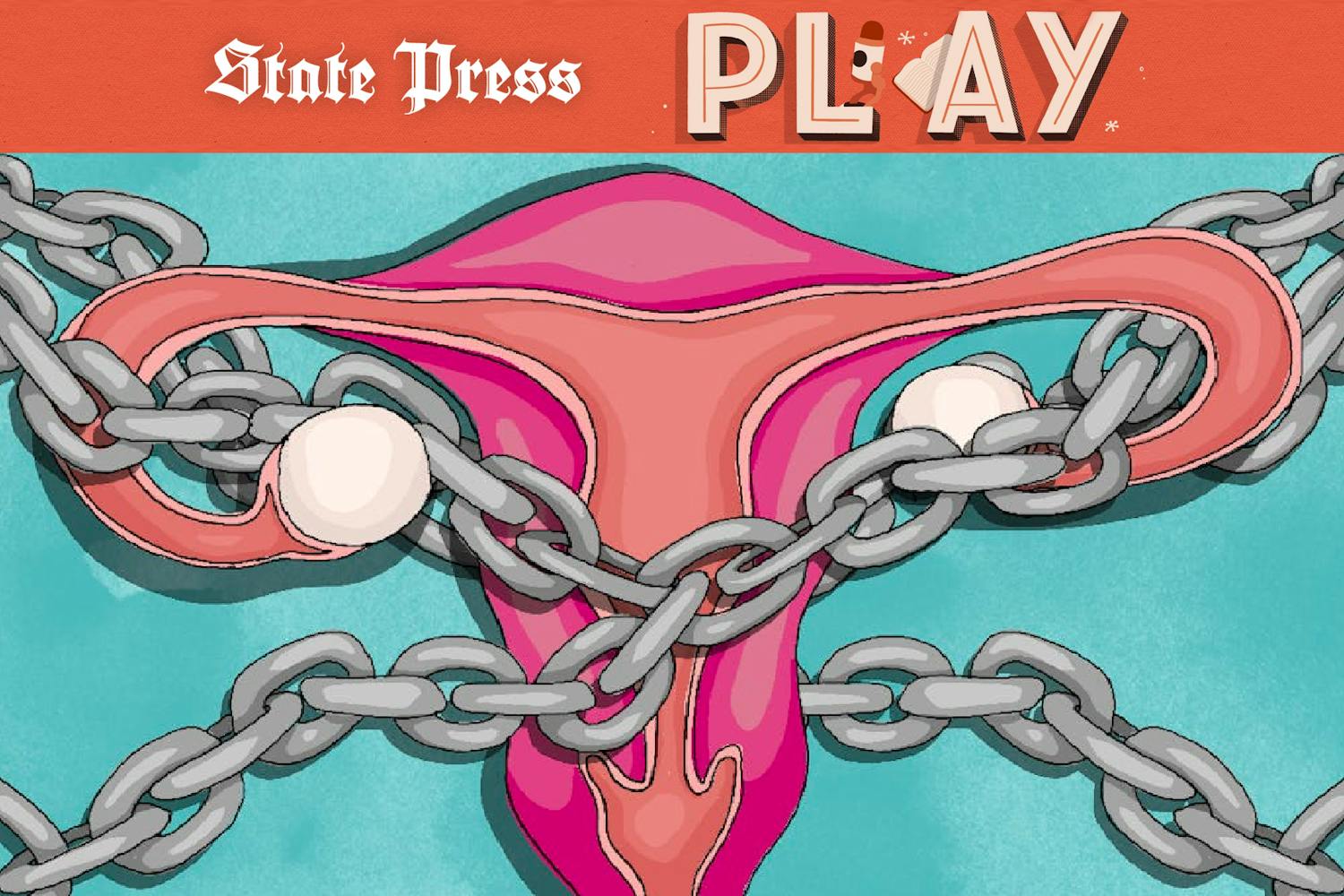According to the works of three ASU professors, the pursuit of happiness is not exclusive to Kid Cudi.
Scott Cloutier, Sarah Tracy and Shannon Tromp are working to motivate students into cultivating their emotional wellness through innovative classes, community involvement and encouragement to build social bonds in the communities around them.
Tracy, a professor within the Hugh Downs School of Human Communication, said she teaches students how to “practice” happiness in her Communication and The Art of Happiness course.
“(Students) actually test their happiness at the beginning of the class as well as at the end and look at a comparison,” Tracy said. “Not all of them raised their happiness all that much, but most of them in their final projects self-report at least really taking skills from the class and moving them into the rest of their life.”
Still, Tracy said, the science of happiness and what can help create it or deter it in people is still not well-known.
“The science on knowing exactly how much happiness is due to behavior and due to circumstance…is still young,” Tracy said. “I think the main point from my class to get is that there is a lot of happiness that is in our control.”
Tromp, a lecturer in the School of Social and Behavioral Sciences, teaches a course called “Positive Psychology: The Science of Happiness," which incorporates positive strategies for living a happy life, studying the science that goes into what makes people happy and the research of happiness, she said.
“Some of the research can be on looking at the different ways that people find happiness in different aspects of their lives,” Tromp said. “It’s looked at cross-culturally and in different situations in daily life: What sorts of things tend to cause people to report higher rates of happiness?”
Read More: DM, M.D.: Students promote mental health awareness through Twitter
Cloutier, an assistant professor in the School of Sustainability and senior sustainability scholar at ASU, examined the environmental factors that affect people’s happiness in a paper titled “Planning for Happy Neighborhoods” with Deirdre Pfeiffer, an associate professor in the School of Geographical Sciences and Urban Planning.
The paper discusses three core characteristics of happy neighborhoods: access to green, natural spaces, designs that facilitate social interaction among residents of a community and features that make people feel safe.
Cloutier said he became interested in the social impact of urban planning after designing a water treatment plant as an engineering student.
“One of the things that really shocked me is how much time we spent as engineering students designing water treatment plants and landfills and these types of things, and we didn’t spend any time talking about how these things redesigned impact our communities of people that we put them near,” Cloutier said.
Cloutier said green design inspires people to look at the world “on a deeper level.”
“We’re able to observe the cycles and patterns that exist within nature,” Cloutier said. “For gardening or rain garden spaces we can observe patterns of life and death, and then we can actually relate those to our inner psyche and our inner development.”
Cloutier, Tromp and Tracy agree that what people think makes them happy does not necessarily make them happy.
Tromp said people think that wealth will make them happy, but according to cross-cultural research, money only affects mental wellbeing to a certain point.
“We don’t see that an increase in income then correlates with an increase in happiness, but if you are an individual that doesn’t have enough money to have basic needs met — for example, let’s say shelter, safety, protection from extreme weather, food, those are the things then that can affect your happiness,” Tromp said.
Cloutier said that people have an inaccurate sense of what actually makes them feel safe which relates to people’s ability to feel happy.
“There’s a lot of desire for safety, and so what we’ve actually done is we’ve created boxes that we can live in,” Cloutier said. “You pull straight into your garage, you shut your garage door and you go into your house — there’s not a lot of opportunity for social interaction.”
When people know they can rely on and trust their neighbors to keep them safe, which can be facilitated by designing neighborhoods that encourage social interaction, they won’t worry about not being safe or feeling alone, Cloutier said.
Read More: ASU’s Active Minds aims to bring mental health discussion to the table
“We are animals that came from social groups, and so our bodies are trying to remind us to continue those social connections so that we can protect ourselves and survive and have opportunities to reproduce and have kids,” Cloutier said.
Tracy said there is a difference between knowing what will make a person happy and putting in the work to develop healthy habits that will make one happy. She said this is what holds students back from improving their mental health.
“Knowing it is different from being it, acting it,” Tracy said. “Their weekly assignments are actually going out and (practicing) every week.”
Reach the reporter at tmlane3@asu.edu and follow @tmflane on Twitter.
Like The State Press on Facebook and follow @statepress on Twitter.




